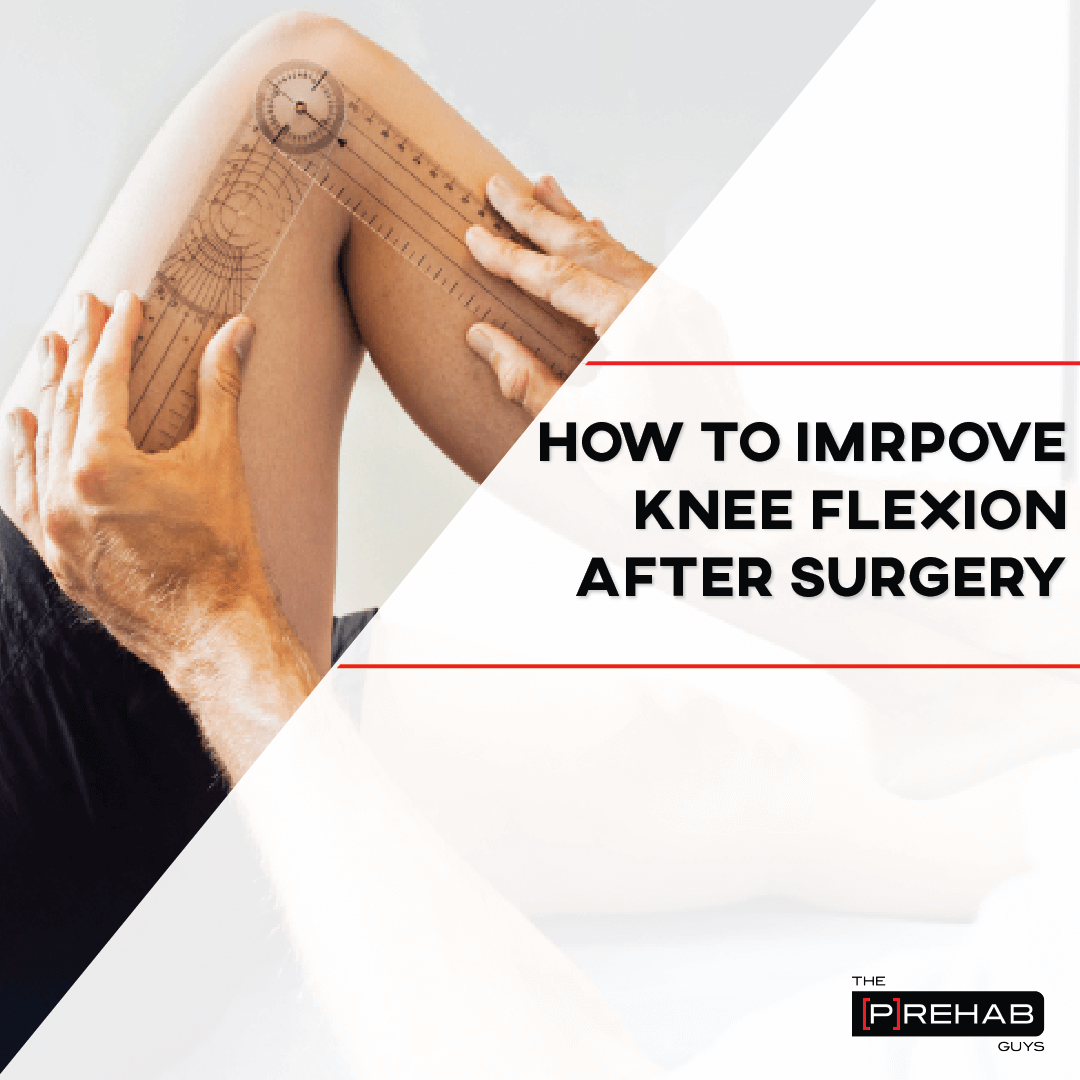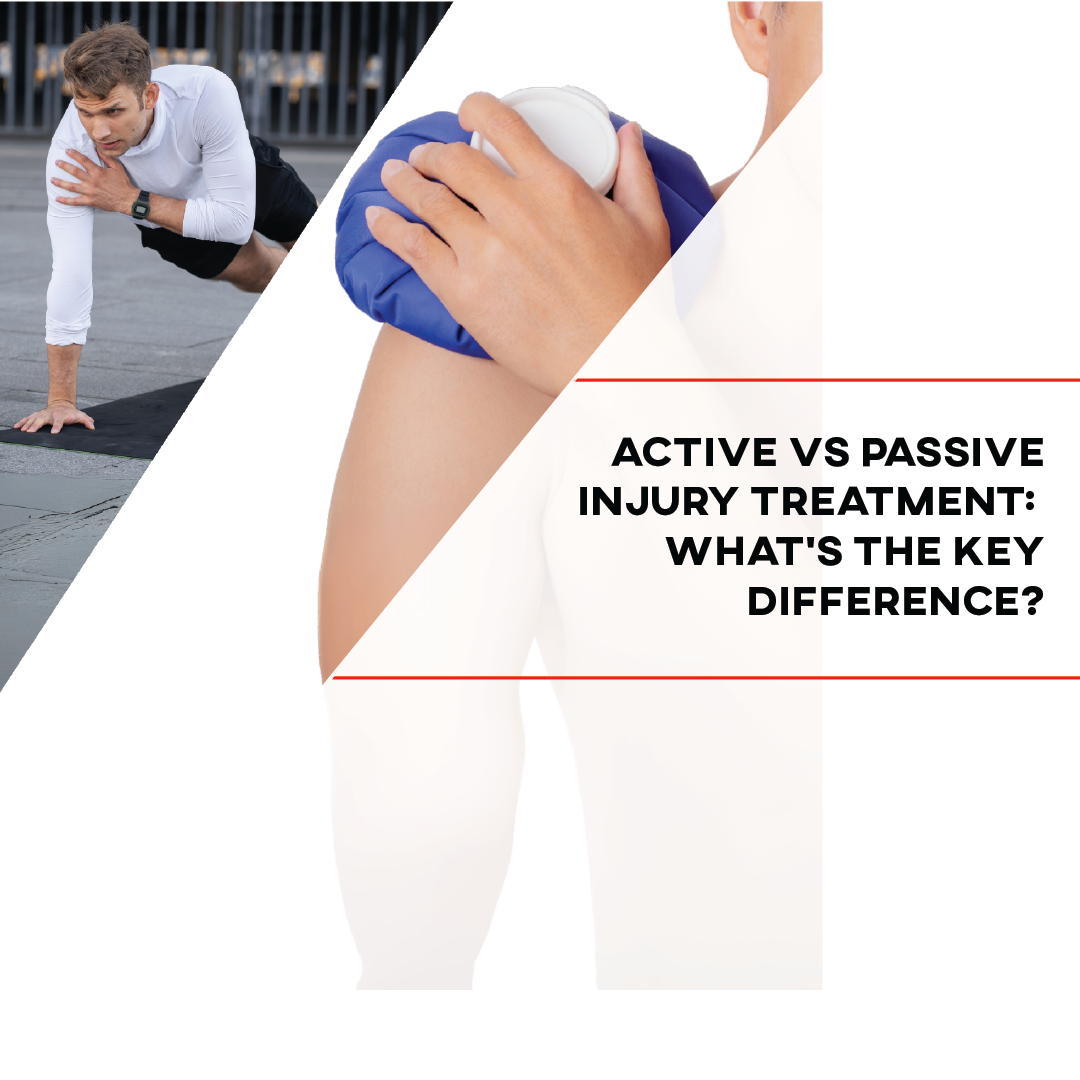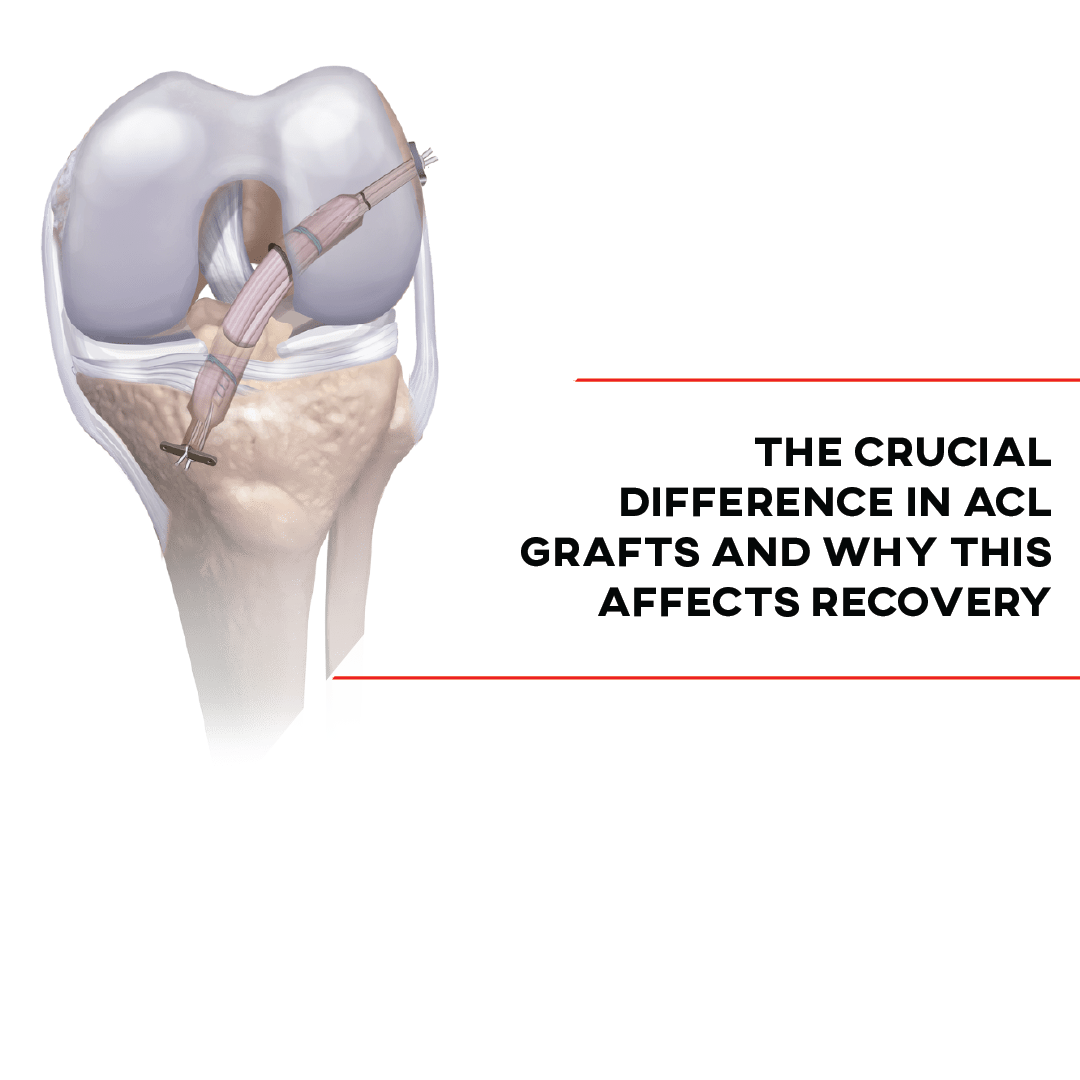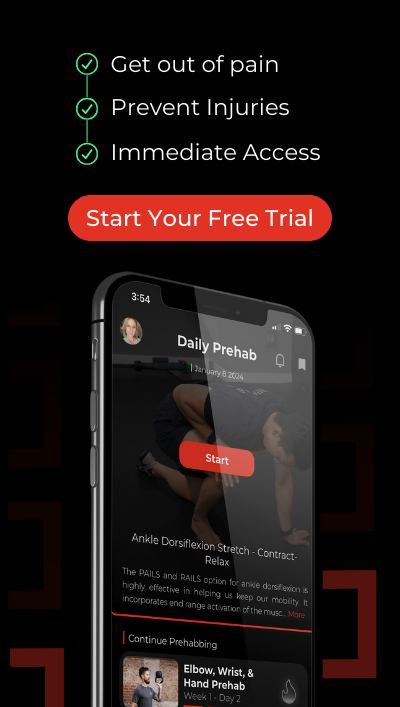Have you had the opportunity to work with Fitness Athletes clinically? This population may be the most dedicated, disciplined, and willing to learn. They go all-in on their training, nutrition, recovery, and Rehab! If they are bringing their best to you each day in Rehab, you must reciprocate that effort and give them your absolute best! The demands of being a fitness athlete are like no other. For example, CrossFit athletes are tested on gymnastics, Olympic lifts, overall strength, power, capacity, etc. How do you make sure the athlete you are working with is ready to face all these demands placed upon the shoulder joint? In this post, we will take you through tips/assessments/progressions that you will find in the [P]Rehab exercise library. The goal is to ensure the Fitness Athletes you are working with are ready to FULLY take on their sport again. Let’s discuss all there is to know about overhead stability in fitness athletes.
“This blog is one of our ‘clinical pearls’, which is designed to assist clinicians in understanding exercise progressions for various clinical conditions. Throughout each of these clinical pearls, you will learn multiple ways to attack similar issues we all see when treating our patients. We also highlight many of our personal exercise library videos throughout these pearls, all of which you can gain access to as an exercise library member!”
Injury Patterns in Fitness Athletes
Due to the demands, intensities, and training domains fitness athletes face one would expect them to have a high injury rate compared to other sports but what does the research say? It’s typically calculated from surveys and both prospective and retrospective cohort studies. Moran et al 2017 followed 117 CrossFit Participants for 12 weeks and found an overall injury rate of 2.10 per 1,000 training hours. How does this compare to other sports?
Compared to other forms of activity such as running whose injury incidence rate ranges from 2.5-33.0 per 1,000 hours (Videbaek et al 2015) and contact sports such as rugby, basketball, and soccer, the range of rates is 6.2-18 per 1,000 hours, fitness sports such as; CrossFit, Olympic Lifting, power-lifting, and Obstacle course racing have less of an injury rate ranging from .24-5.50 injuries per 1,000 hours.
Nonetheless, injuries will still occur in this population and tend to be the lower back and shoulders. Furthermore, at least ⅓ of these injuries are caused by improper form, whereas the remaining ⅔ are likely attributable to training load error. Whilst most Fitness Athletes get the advice from their providers to stop competing in their sport, we want to keep them doing the things they love as we know the benefit is much greater than the risk of not participating! Thinking of it this way, the 5x CrossFit Games Champ, Mat Fraser, was once told he would probably never lift again after sustaining a lower back injury while training as an Olympic lifter. Thankfully, the 5x fittest man on the Earth decided to not hang it up!
Rule out
Most injury patterns seen in fitness athletes are musculoskeletal in nature. We want to be able to make sure we have the skill set to treat them and get them back to their sport or to refer them if surgical intervention is needed. A few cases where this becomes true with shoulder injuries in fitness athletes include; full tearing of the rotator cuff and/or any muscle of the scapulothoracic or glenohumeral complex, specific types of labral tears, fractures, and shoulder dislocation.
To identify a full rotator cuff tear we use the drop arm test. This is completed by standing at the side lifting the patient’s arm to 90 degrees abduction and then having them slowly lower the arm to the side. This test has a specificity of 97.2 and a +LR of 2.79. If it is a fitness athlete looking to get back into their sport with a potential full cuff tear or full tear of any other muscle of the shoulder complex, we are not taking any chances, refer them to the orthopedic surgeon as soon as possible. Similarly, if the person has had a lower back injury with bowel/bladder and/or reflex changes do not take any chances, refer them to appropriate professionals!
Lastly, let’s talk about labral tears and shoulder dislocation. Labral tears are common in athletes, research by Lesniak et al 2013 concluded, “Asymptomatic shoulder lesions in professional baseball pitchers appear to be more frequent than previously thought.” Schwartzberg et al 2016 found superior labral tears diagnosed by MRI in individuals between the ages of 45-60 years may be normal age-related findings, and lastly, De Carli et al 2012 MRI findings of gymnasts showed 100 percent of them had signal abnormalities in their shoulders making clinical decision making difficult.
Type I SLAP tears tend to be managed very well with conservative management. However type II, III and IV will likely need surgical intervention. How do you know which one you are dealing with and when do you refer? First, you need a really thorough subjective examination. Next, you can use a clinical cluster but it can still get “muddy” as this injury typically occurs with other shoulder pathology and lack of consistent pain patterns. Ultimately, if a type II-IV SLAP lesion is expected it’s worth getting MR arthrogram, especially in overhead athletes. Arthrograms are more sensitive for labral pathology both in shoulders and the hips. As for anterior shoulder dislocation, it becomes less “muddy”. If the person is under the age of 20 the rate of recurrent instability is 72-100 percent, 20-30 years 70-82 percent, and greater than 50 years old recurrence is 14-22 percent (Polyzois et al 2016). If the goal is to return to competition as a fitness athlete, mechanical shoulder stability is needed and referral for the younger athletes would be in the game plan.
Alright, let’s get out of the mud and start talking about the phases of rehab!
Are You Looking For An Easier, More Comprehensive Way To Build Programs?
What Does our Library offer that differentiates us from other platforms?
Phase I: Address The Movement System and Rebuild The Foundation
As stated above most injuries are due to improper form and training load error. Education needs to take place on appropriate spikes in workload to ensure long-term success. Next, before looking specifically at the shoulder we need to take a look at the entire movement system in an organized manner.
Importance Of The Foundation
Knee To Wall Ankle Dorsiflexion Assessment
Sample Exercise Library Assessment Video
Thoracic Rotation Mobility
For example, Cope et al 2019 in a systematic review found, that “improved lumbopelvic control relates to improved athletic performance and decreased shoulder injury.” Cope et al 2019 also suggests high-quality research needs to be done on this topic and an established measure for lumbopelvic stability needs to be created. We are in complete agreement with that statement! However, from our clinical experience with Fitness Athletes, we observe compensation by utilizing anterior pelvic tilt and arching the back to achieve overhead positions with weight training and gymnastic movements (especially under fatigued conditions). The important reminder here is that just because the athlete has a 6 pack does not mean they have adequate stability! You will see in phase I, we typically hammer the foundation home to achieve a stable foundation.
READ: EXERCISES TO IMPROVE THORACIC SPINE MOBILITY
Anti-Rotation Deadbugs
Once the movement system and any faulty patterns have been addressed then we will move on to addressing the shoulder complex. First, let’s make sure they have enough mobility to get into an overhead position.
How To Assess & Improve Shoulder Overhead Mobility | Episode 28
Now, if there is a true tissue limitation causing mobility dysfunction then we have to answer is it joint-related or soft tissue? If the range overhead changes when you change the position of their hips or back then it is more likely to be soft tissue, on the other hand, if you change body position and the range is the same then it is more likely to be the joint capsule limiting mobility! If that is the case, thanks to McClure et al 2007, here is the go-to exercise!!!
Side-Lying Shoulder Cross Body Stretch
Sample Shoulder Stretching Exercise From Prehab Library
If the athlete has adequate passive mobility but is limited actively then we know this is a stability problem likely due to imbalances surrounding the shoulder joint. Restoring muscle balance of the scapulothoracic complex is crucial. If you want to lengthen out the pec while giving your athlete an awesome rotatory stability challenge, check out this exercise.
Single Arm Pec Fly – Swiss ball, Dumbbell
The common pattern we see in Fitness Athletes is they are pectoralis major, latissimus dorsi, and upper trap dominant with resultant mid-lower trap and serratus anterior weak/deconditioned. This imbalance leads to a scapular position of downward rotation and anterior tilting without adequate opposing forces for upward rotation and posterior tilting. To get overhead comfortably we need to restore the natural force coupling of this complex! Prone shoulder endurance testing is our go-to for identifying mid and lower trap deconditioning.
Prone Shoulder T Endurance Test
Lastly, if the athlete’s symptoms are hot in this phase we need to calm them down and isometrics are a good way to do so! Also if you want to have some fun with it, use a bottoms-up kettlebell vs pushing into a wall, the fitness athlete will LOVE this challenge!
Shoulder Flexion 90 Deg Isometrics – Upside Down Kettlebell
The Prehab membership is the anti-barrier solution to keeping your body healthy. Access state-of-the-art physical therapy, fitness programs, and workouts online in the comforts of your own home or gym! Taking control of your health with exercise & education from the palm of your hand has never been easier. Get access to 50+ programs, 100+ unique workouts, and 3000+ exercises to build your own workout routines. Trial it for free, and learn how to get out of pain, avoid injury, and optimize your health with [P]rehab!
Phase 2: Building Capacity In The Movement System
Once symptoms have cooled down a bit it’s time to look at limb dominance. It is more likely that the dominant side shoulder becomes injured compared to the non-dominant side and this is where patient education and then showing them through objective assessment comes in. For example, Sayampanathan and Andrew 2017 found the dominant arm was 2.30 times more likely than the non-dominant to sustain rotator cuff-related injury! Our first go-to is the long sitting overhead press test to assess vertical pressing dominance while taking the legs out of the equation (we will talk about why in a bit).
Long Sitting OH Press Capacity Assessment:
We can also look at limb pressing dominance in horizontal pressing and differing trunk positions while lightly adding legs via the Turkish get-up capacity test aka “The Dillon Test”.
Turkish Get-Up Capacity Test
Why did we take the legs out earlier? Simple, we want to mitigate confounding variables as much as possible when looking at upper extremity limb dominance. In this sport, we commonly see movements such as thrusters, push press, push jerk, and split jerks meaning lower limb dominance is going to play a role in this equation also. We need to make sure to take our time and address each variable before adding it all back together again for the “sexy lifts”. One way to address limb dominance is both the 5 RM Bulgarian split squats and single-leg bridge endurance assessments.
5 RM Bulgarian Split Squat Assessment
Sample Split Squat 5 RM Assessment Video From Library
Single-Leg Bridge Endurance Test
Lastly, when working on overhead stability for fitness athletes, we want to start building up strength and capacity with strict movements. If limb dominance is greater than a 10 percent difference we are going to stick with unilateral movements. Furthermore, we want to ensure we are training the scapulothoracic complex in varying positions. Too often, Y’s and T’s are only performed lying prone in a hip extended position, we need to get the body in different positions to condition these muscles fully for return to sport.
Copenhagen T – Dumbbell
Bent Over Y – Dumbbell
Think of it this way, sometimes the athlete will be catching the weight using a push press; dipping their hips a bit but the catch of the weight will occur in a hip extended position. Other demands of the sport require the athlete to catch the weight overhead while they are at the bottom of the squat or hip flexed position.
Phase 3: Sport Specific Demand Capacity Building
This is where the specificity of training/rehab becomes crucial in overhead stability for fitness athletes! The rate of force development along with the ability to intelligently stabilize under fatigue becomes the focus. Fitness Athletes, along with having to lift heavy weights overhead or swing their body through the air on pull-up bars or rings, have to be able to do this while the rest of their body is completely fatigued. In this phase, we will expose them to the demands of their sport while requiring high demands of stability via earthquake presses under fatigued conditions.
Push Up Plus – Earthquake
Overhead Press – Earthquake, Barbell
To create fatigued conditions we use heart rate primers. We need to use graded exposure keeping in mind both physical and psychological demands of training in sport-specific heart rate zones. Which heart rate zone do you use? Great question!
Depends on the specific sport and person. For example, most CrossFit WODs range on the scale of heart rate between 54-98 percent of HR max (Claudino et al 2018). Furthermore, the information from the subjective examination will give you more insight. Do the symptoms come on at a specific weight, at a specific time in a workout, or during a particular style of workout? All this information is GOLD and will allow you to really tune in to the Rehab program!
LISTEN: PREVENTING OVERHEAD INJURIES WITH PREHAB
Closing Thoughts
The last thing you should be prepared for when working with this population is the famous question, “Can I keep working out or should I hold off?” If a load management plan has been discussed and implemented, then our answer to this question is HECK YA! However, avoid any symptomatic movements or training further imbalances depending on the clinical findings!
Are You Looking For An Easier, More Comprehensive Way To Build Programs?
With thousands of exercises to choose from, video demonstrations, education, assessments, and more, this is the best exercise library that you can utilize for your clients! Gain access HERE.
Clinician
Dillon Caswell, PT, DPT, SCS
[P]rehab Podcast Host & Head of Programs
Disclaimer – The content here is designed for information & education purposes only and is not intended for medical advice.
About the author : Dillon Caswell PT, DPT, SCS
Related posts
Get Proactive with Prehab
- ✔ Zero wait times, no hidden fees, no barriers to entry!
- ✔ Get out of pain, get stronger, and improve your mobility
- ✔ Access to easy-to-digest physical therapy education videos & resources to learn about your body in the palm of your hand
- ✔ Guidance from trusted Doctors of Physical Therapy
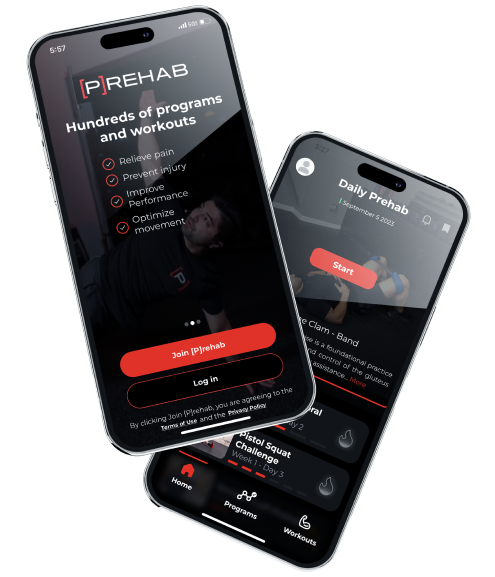

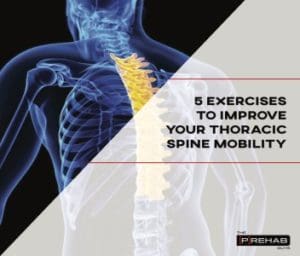
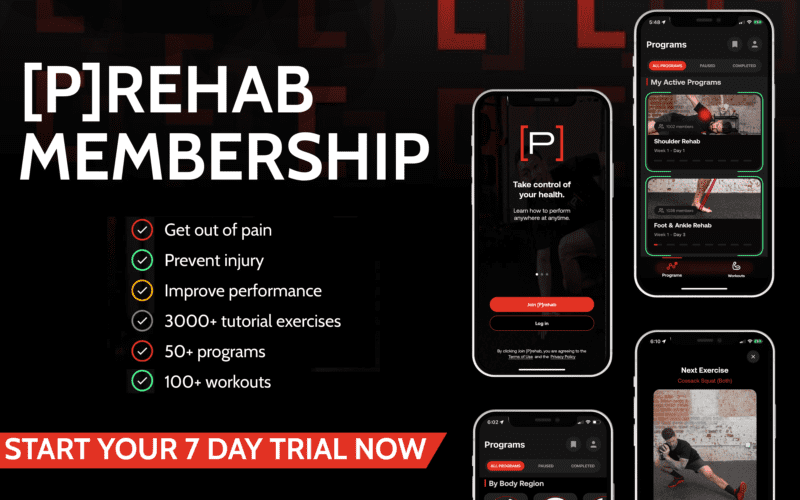
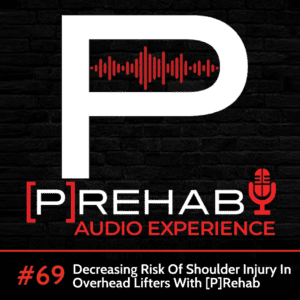
 Dillon is a Sports Physical Therapist, performance coach, and adjunct professor residing in Syracuse, NY whose passion is providing holistic solutions to improve all aspects of human performance. Along with working with clinical athletes across the lifespan, he provides on field coverage for youth and semi-professional teams. After his undergraduate studies at Syracuse University, he earned his Doctorate in Physical Therapy from SUNY Upstate Medical University. He is the founder and owner of AP3T: Action Potential Performance Physical Therapy where he practices wellness, prevention, and solution-based health care. In his free time, he enjoys family dinners, playing with his dog, and competing as a fitness athlete. Dillon honors the opportunity to join the [P]Rehab guys to influence and educate in a people first system!
Dillon is a Sports Physical Therapist, performance coach, and adjunct professor residing in Syracuse, NY whose passion is providing holistic solutions to improve all aspects of human performance. Along with working with clinical athletes across the lifespan, he provides on field coverage for youth and semi-professional teams. After his undergraduate studies at Syracuse University, he earned his Doctorate in Physical Therapy from SUNY Upstate Medical University. He is the founder and owner of AP3T: Action Potential Performance Physical Therapy where he practices wellness, prevention, and solution-based health care. In his free time, he enjoys family dinners, playing with his dog, and competing as a fitness athlete. Dillon honors the opportunity to join the [P]Rehab guys to influence and educate in a people first system!